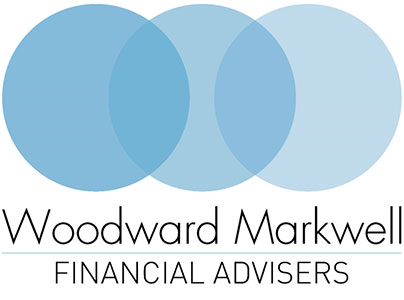
20th November 2023
Strategies to minimise tax
MANY PENSIONERS MAY FACE A LURKING TAX RISK AS THE STATE PENSION GROWS
Many pensioners may face a potential tax pitfall as the State Pension escalates and income Tax bands remain fixed. Pensioners are set to see a substantial increase in their income next year. The State Pension is projected to rise by 8.5% in April 2024, following a 10.1% increase in April 2023[1].
This is due to the government’s ‘triple lock’ mechanism, which guarantees that the benefit increases in line with wage growth, inflation or 2.5% – whichever is higher. Consequently, a full new State Pension could increase from £10,600 this tax year to slightly over £11,500 in 2024/25. However, the Prime Minister has yet to confirm if the triple lock will remain fully in place.
Many pensioners may face a lurking tax risk as the State Pension grows. The Income Tax personal allowance, which is your overall income’s tax-free portion, is currently stagnant at £12,570 a year. In some situations, an individual could have a higher amount than this tax-free, for example if all income is savings income. This could mean some people might receive less tax-free income from other sources. This situation may result in a tax code change on a pension or annuity or necessitate reporting other income to HMRC for the first time.
UTILISING YOUR ALLOWANCES
When retiring it’s good to be aware of certain ‘allowances’ that could help you earn a bit from your cash and shares without paying tax. Understanding these allowances is the first step towards paying less tax in retirement.
Take note of the personal savings allowance, for instance. This allows basic rate taxpayers to earn £1,000 of interest in 2023/24 before paying tax. The allowance is lower (£500) for higher rate taxpayers, while additional rate taxpayers don’t receive any personal savings allowance.
EXTRA SAVINGS AND DIVIDEND ALLOWANCES
An additional ‘starting rate’ for savings offers a special 0% rate of Income Tax for savings income of up to £5,000 for those whose general taxable income falls below £17,570 in 2023/24.
The dividend allowance is another tool at your disposal. It allows you to receive £1,000 tax-free from shares for the 2023/24 tax year, which is reduced from £2,000 the previous tax year. Come 2024/25, the allowance will drop further to just £500.
PROTECTING YOUR SAVINGS FROM TAX
There are different ways to shelter your savings from tax. One such method is using a Cash Individual Savings Account (ISA), where any interest earned is tax-efficient. However, remember that the more you use your £20,000 a year ISA allowance for cash, the less you’ll have available for investments in a Stocks & Shares ISA. This could be more useful in avoiding tax on income or gains from shares or other assets.
National Savings and Investments (NS&I) also offer certain tax-free cash savings products, like Premium Bonds. With these, your money is secure, and you are entered into a monthly prize draw where you can win between £25 and £1 million tax-free.
PLANNING PENSION WITHDRAWALS
Under the current rules, once you reach normal retirement age, you can usually take an invested pension pot, such as a Self-Invested Personal pension (SIPP), as cash in one go. But remember, taxes on retirement income will generally apply to 75% of this sum. It’s also added to other income in the tax year it is received so it could push you into a higher Income Tax band.
Depending on the scheme options available, you can ‘phase’ your retirement pension income by taking the 25% tax-free lump sum and taxable income in stages. Spreading withdrawals over multiple tax years in this way may help you make the most of tax allowances and avoid paying more tax than necessary.
///CONTINUE READING THIS BLOG ON PAGE 04-05 (CLICK HERE)///
Source data:
[1] House of Commons Library 2023 – The triple lock: How will State Pensions be uprated LQ IXWXUH” 3XEOLVKHG )ULGD\ 2FWREHU
THIS ARTICLE DOES NOT CONSTITUTE TAX OR LEGAL ADVICE AND SHOULD NOT BE RELIED UPON AS SUCH.
THE TAX TREATMENT IS DEPENDENT ON INDIVIDUAL CIRCUMSTANCES AND MAY BE SUBJECT TO CHANGE IN FUTURE. FOR GUIDANCE, SEEK PROFESSIONAL ADVICE.
A PENSION IS A LONG-TERM INVESTMENT NOT NORMALLY ACCESS BLE UNT L AGE 55 (57 FROM APRIL 2028 UNLESS THE PLAN HAS A PROTECTED PENSION AGE).
THE VALUE OF YOUR NVESTMENTS (AND ANY NCOME FROM THEM) CAN GO DOWN AS WELL AS UP, WHICH WOULD HAVE AN IMPACT ON THE LEVEL OF PENSION BENEFITS AVAILABLE.
YOUR PENSION INCOME COULD ALSO BE AFFECTED BY THE INTEREST RATES AT THE TIME YOU TAKE YOUR BENEFITS.
